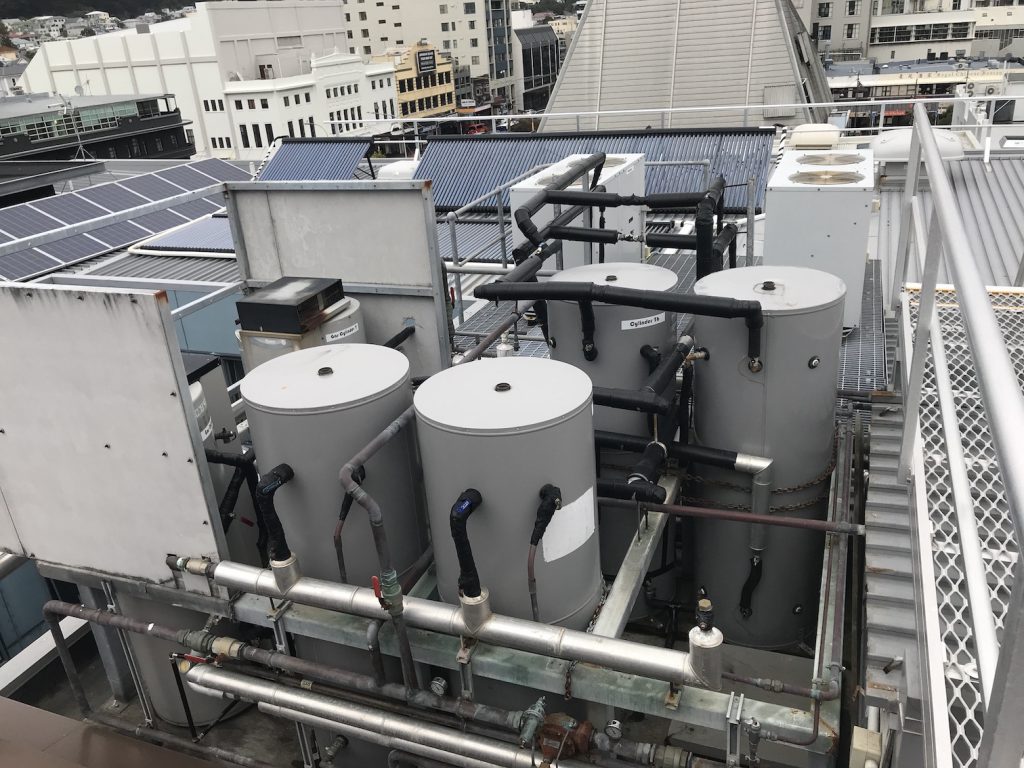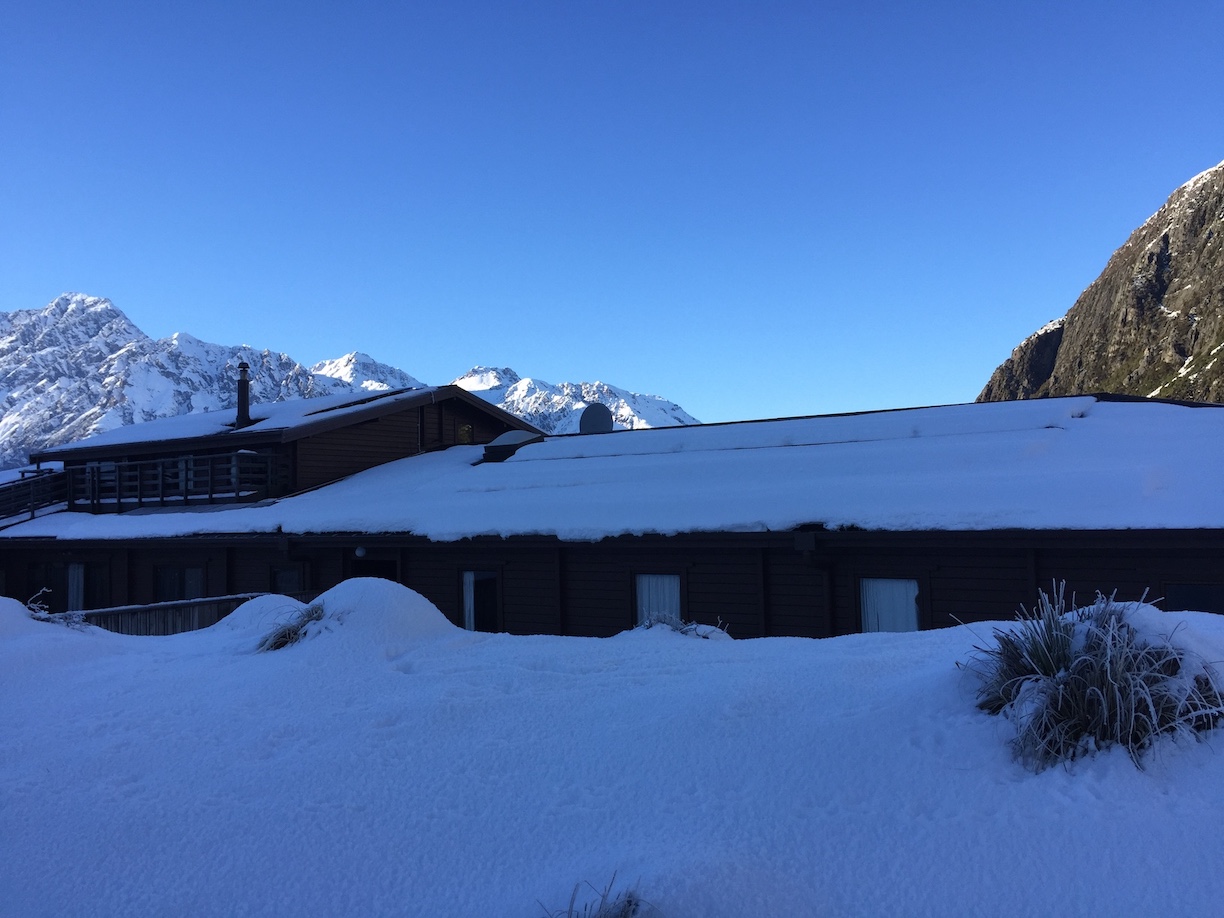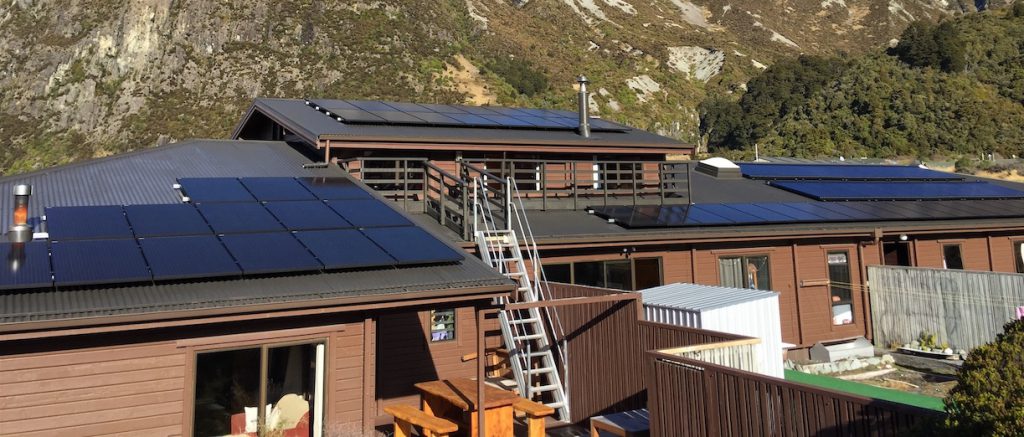We deliver heat-pump based heating solutions that take an integrated approach to system design and application.
Why an integrated approach to design and application is so important
Our experience has demonstrated that this approach results in a solution that achieves the desired energy efficiency in order to offset the increased capital cost of alternatives to traditional fossil fuelled boilers. It is also our experience that where heat-pumps operate efficiently they are more reliable, have significantly longer service life and enhance the overall cost-effectiveness of the project.
The track record of the use of heat-pump technology in boiler replacement projects has been poor throughout much of the industry, due to a ‘drop-in replacement’ approach being taken in many instances. This has directly led to poor efficiency, and as a consequence, high maintenance costs as well as poor durability of the products across many applications. Our proposal seeks to expand upon our involvement in existing successful projects and to lead the industry in the application of heat-pump technology for boiler replacement projects by ensuring the efficiency of the heat-pump is not compromised through poor application and integration.
Key to our work is an in-depth understanding of both transient thermal systems and the factors that determine heat-pump performance in real-world conditions. Our ability to model design concepts using localised climate data allows us to validate the proposed system’s ability to meet demand and to optimise the efficiency before investment is made in equipment purchase and installation.
Our Decarbonised Energy Solutions are built on Variable Primary Flow Heat-pump technology. This approach avoids the inefficiency inherent in the more conventional primary / secondary system designs more commonly used in the industry, and which were developed around fixed capacity heating systems.


Our Approach to design using Heat Pump Water Heaters.
Our approach is to deliver heated water via either a centralised or distributed heating system, depending on the site layout. We:
- Separate the domestic (potable) hot water from the space heating system, as the seasonal load profile, and required capacity is generally substantially different to that of space heating.
- Control the required heating demand through the control of water flow rate through the heating distribution system. This approach not only makes the heat-pump more efficient, but it also greatly reduces pumping energy costs.
- Recognise that the temperatures required to meet the Design Condition are not required for most of the heating season, and operating systems in this way results in an in-efficient use of energy. Instead, we supply the required amount of energy at the required temperature to meet the real-time heating demand, achieving 80 deg. C when necessary.
- Install a comprehensive IoT based control and monitoring system to allow for post commissioning optimisation, servicing diagnostics and energy performance reporting.
- Apply a range of integrated technologies such as solar PV, solar thermal, thermal storage and heat recovery where there is a clear benefit to the customer in terms of system performance and cost effectiveness.


